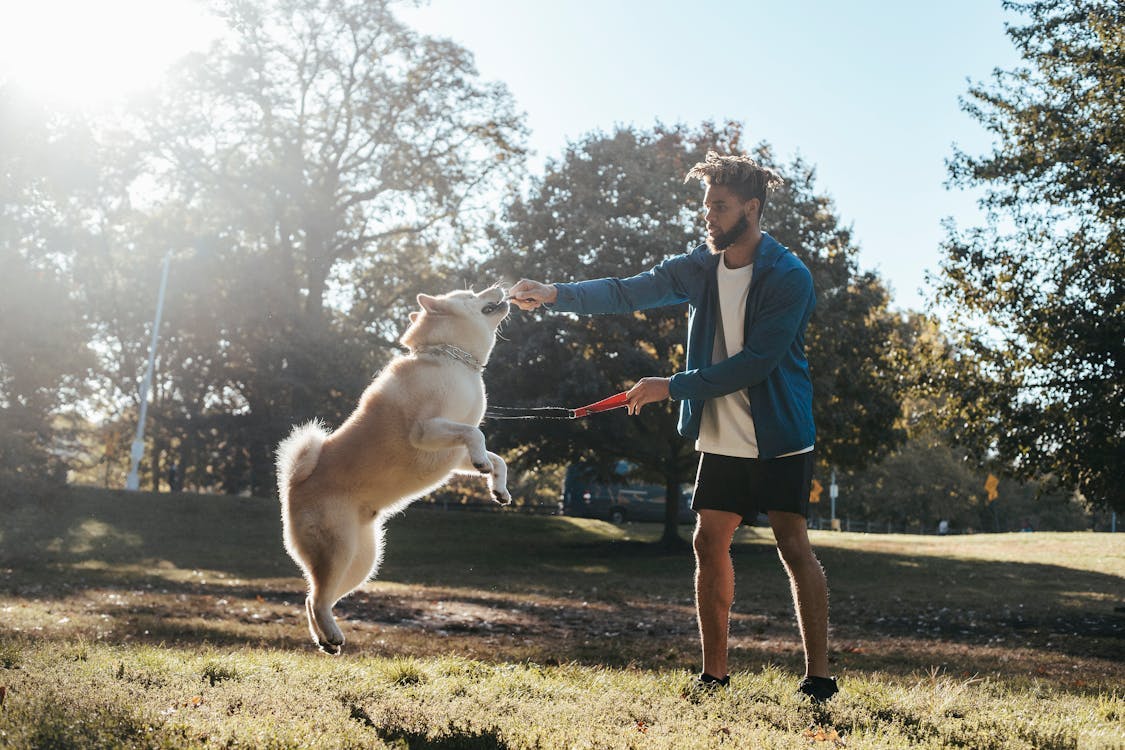The Power of Positive Reinforcement: 5 Training Techniques for a Well-Behaved Dog
Training your dog can be a delightful experience when you use the right techniques. Positive reinforcement is a powerful method that encourages good behavior by rewarding your dog for doing the right thing rather than punishing them for misbehavior. This approach not only strengthens the bond between you and your pet but also promotes a fun, learning environment. Here are five effective training techniques that can help you raise a well-behaved dog.
1. Consistent Rewards
One of the key elements of positive reinforcement is consistency. Your dog needs to understand what behavior is being rewarded. Every time your dog performs a desired action, immediately reward them with a treat, praise, or a favorite toy.
- Example: If you are training your dog to sit, give them a treat every time they successfully sit on your command. This will help them associate sitting with receiving a reward.
2. Clicker Training
Clicker training is a precise method that uses a sound—a click—to tell your dog exactly when they've done what you want. The clicker is followed by a reward, making it clear to your dog that they've done something right.
- Example: Teach your dog to fetch by clicking the clicker the moment they pick up the toy and then immediately giving them a treat when they bring it back to you.
3. Teaching Commands in Sequences
Breaking down a task into smaller, manageable parts can make learning easier for your dog. Teach commands step-by-step and reward your dog at each step.
- Example: If you want your dog to learn to roll over, start by teaching them to lie down, then to turn to one side, and finally to complete the roll. Reward them at each step.
4. Patience and Positive Interaction
Patience is crucial in dog training. Each dog learns at their own pace, and it’s important to maintain a positive demeanor during training sessions. Avoid showing frustration or anger.
- Example: If your dog is struggling to learn a new trick, take a break and try again later. Always end training sessions on a positive note with a play session or a walk.
5. Socialization
Socializing your dog from an early age can be a form of positive reinforcement that teaches them appropriate behaviors around other animals and people. Reward your dog for calm and friendly interactions.
- Example: Take your dog to a park where they can meet other dogs. Reward them for polite behavior with treats and affection.
Conclusion
Using these positive reinforcement techniques, you can effectively train your dog while ensuring they remain eager and happy to learn. Remember, the goal is to make training a rewarding experience for both you and your pet.
For more personalized advice on dog training, or if you need assistance with any other inquiries, remember that Mavyn offers both AI and human expert help services. You can chat with Mavyn GPT or connect with a human expert to get answers to your questions.
